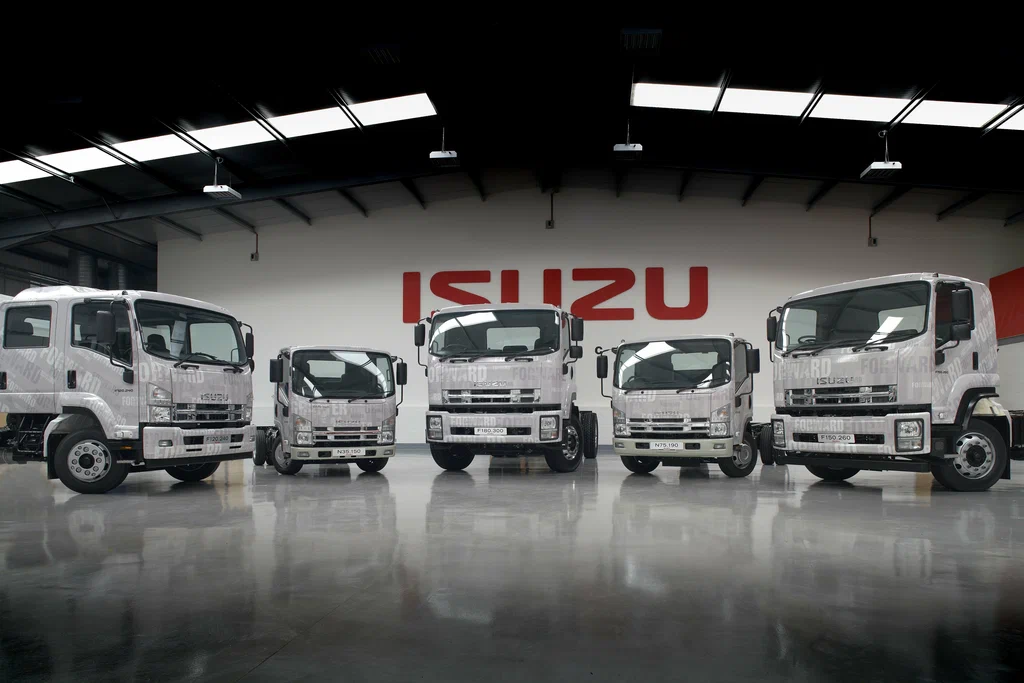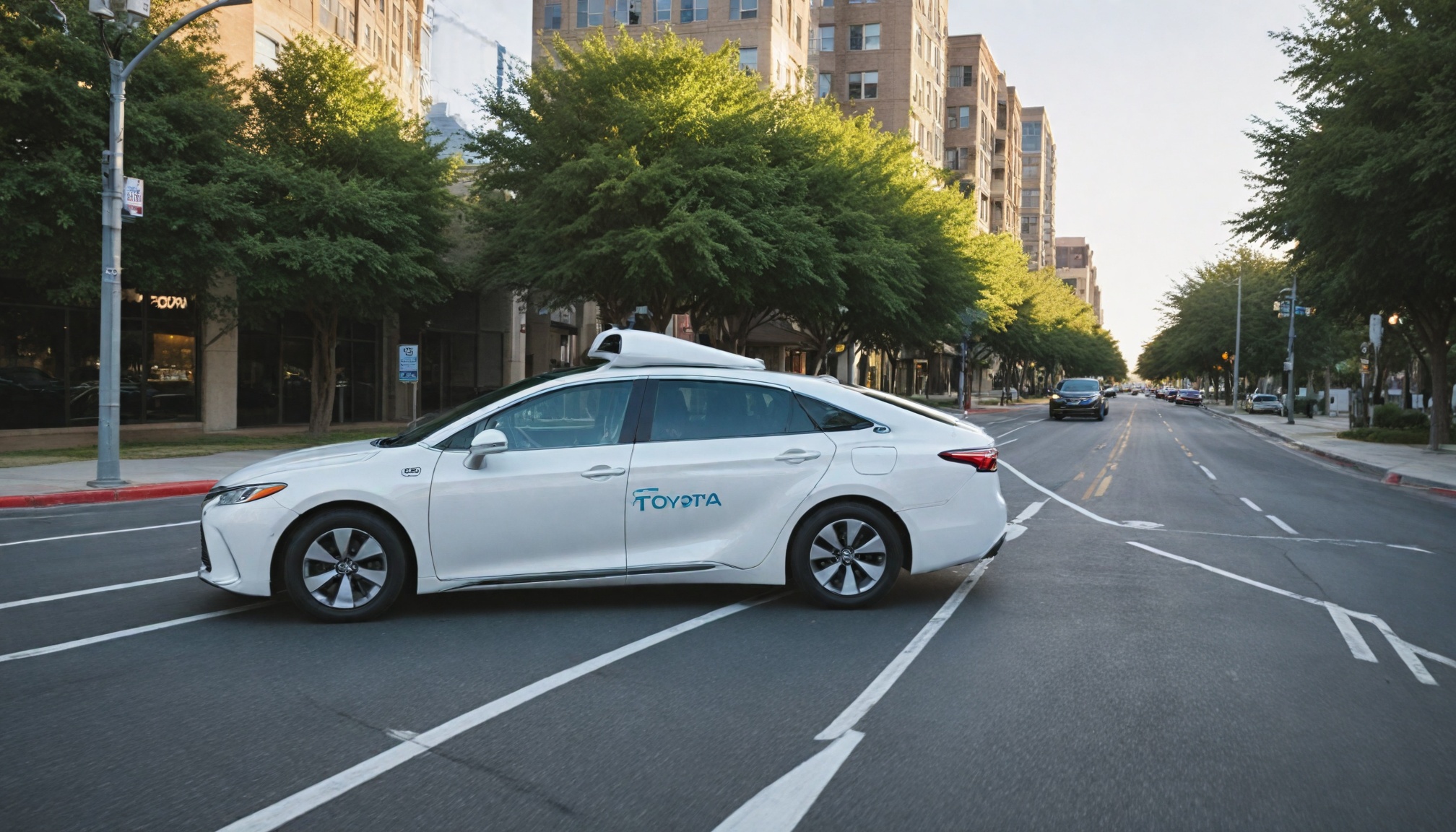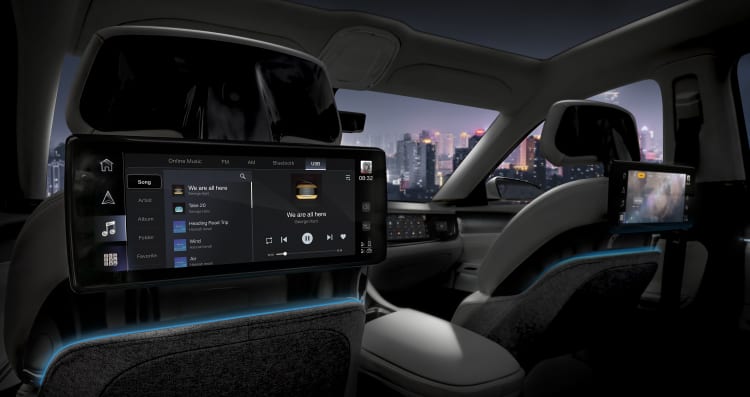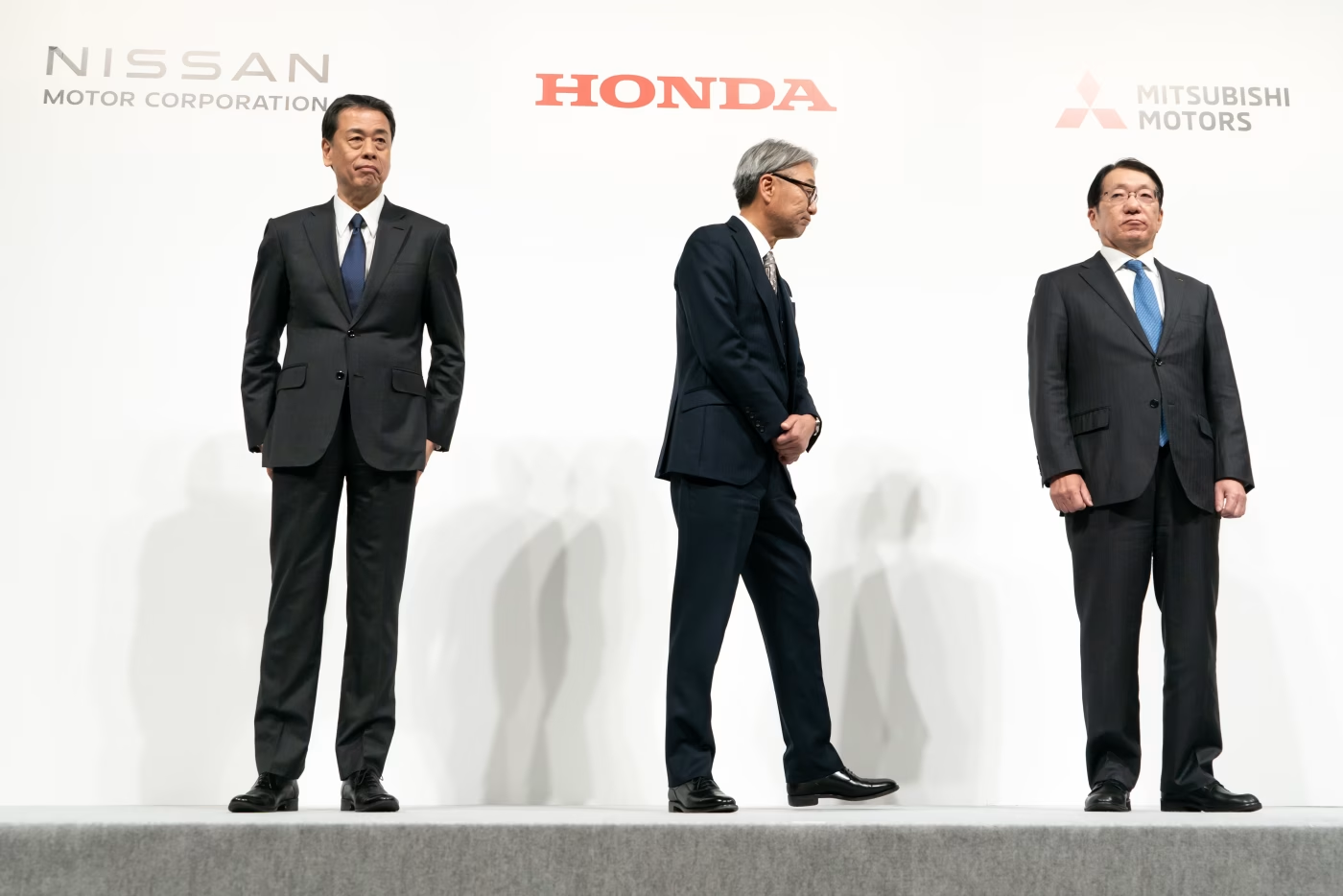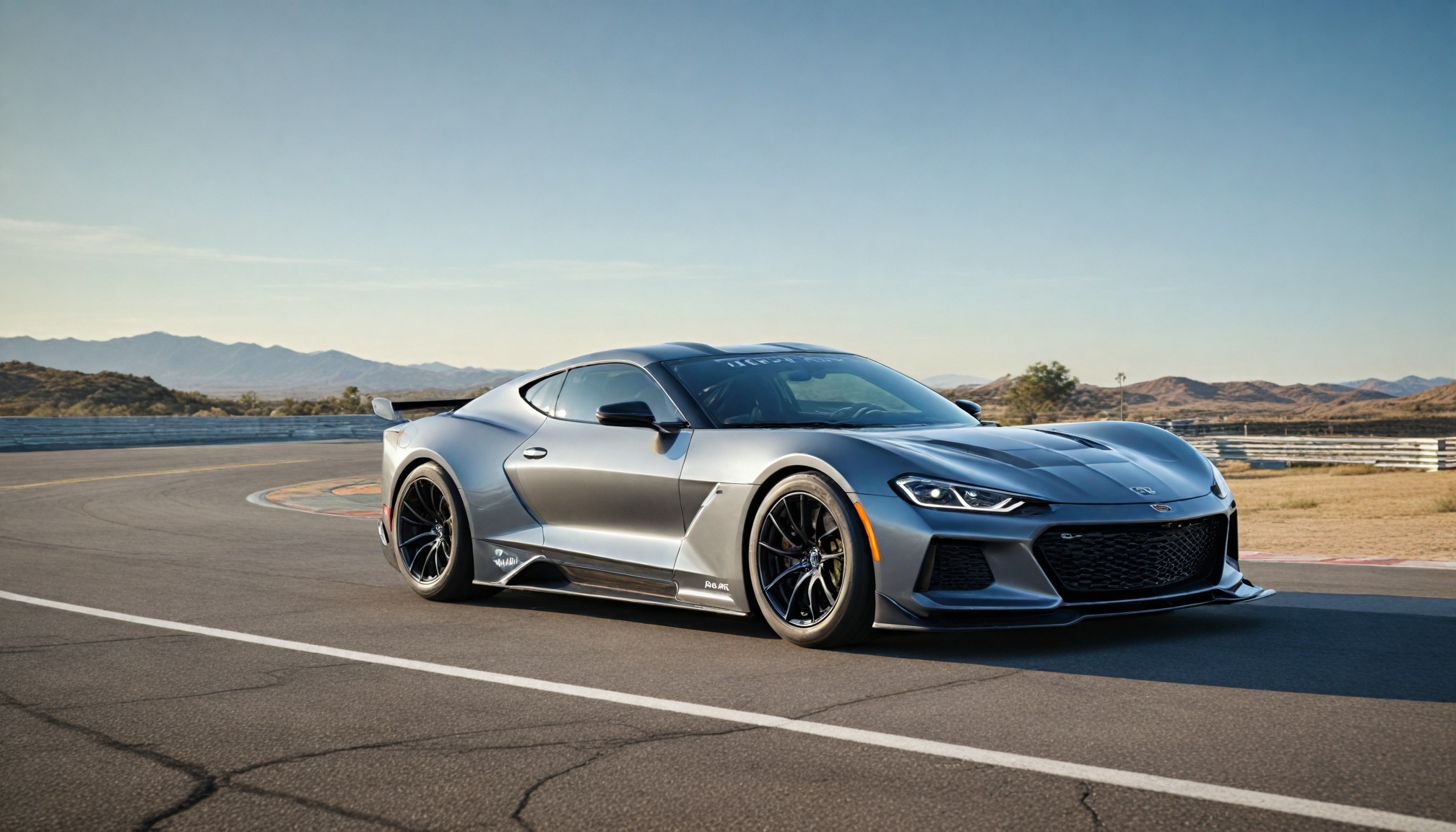
GM revolutionizes auto manufacturing with NVIDIA's AI digital twins while developing a 1,300-HP electric NASCAR prototype, merging virtual simulation and real-world testing.

Drivetech Partners
General Motors is revolutionizing automotive manufacturing by leveraging NVIDIA's AI capabilities to create digital twins of assembly lines while simultaneously developing the powerful 1,300-horsepower Blazer EV.R NASCAR prototype. This two-pronged approach positions GM at the cutting edge of both AI-driven manufacturing processes and high-performance electric racing, representing a comprehensive vision for the future of transportation that combines virtual simulations with real-world performance testing.
Key Takeaways
GM's expanded partnership with NVIDIA integrates AI and accelerated computing across vehicles, manufacturing facilities, and robotics
NVIDIA's Omniverse platform creates digital twins of assembly lines, enabling virtual testing before physical implementation
The upcoming Blazer EV.R NASCAR prototype features 1,300 horsepower and will debut at the 2025 Daytona 500
NVIDIA DRIVE AGX technology will power GM's future autonomous driving systems, executing up to 1,000 trillion operations per second
Racing innovations serve as a technology transfer pipeline from track to consumer vehicles
Transforming Manufacturing Through the GM-NVIDIA Strategic Alliance
General Motors and NVIDIA have significantly expanded their partnership to bring advanced AI solutions to every aspect of vehicle development and production. This collaboration goes far beyond traditional automotive technology, integrating AI and accelerated computing across vehicles, manufacturing facilities, and robotic systems. The alliance tackles two critical challenges: creating more efficient production systems and developing next-generation vehicles with enhanced capabilities.

At the core of this partnership is GM's plan to leverage NVIDIA's Omniverse™ platform to create detailed digital replicas of assembly lines. These virtual environments allow engineers to test production processes, iterate designs rapidly, and simulate manufacturing operations before physical implementation. This approach dramatically reduces the time and cost associated with factory modifications while minimizing production disruptions.
The collaboration extends to AI-driven robotics platforms that handle materials, transport components, and perform precision welding throughout GM's manufacturing facilities. These automated systems improve workplace safety conditions by taking over dangerous or repetitive tasks, freeing human workers to focus on high-value craftsmanship and quality control.
Digital Twins: Creating the Factory of the Future
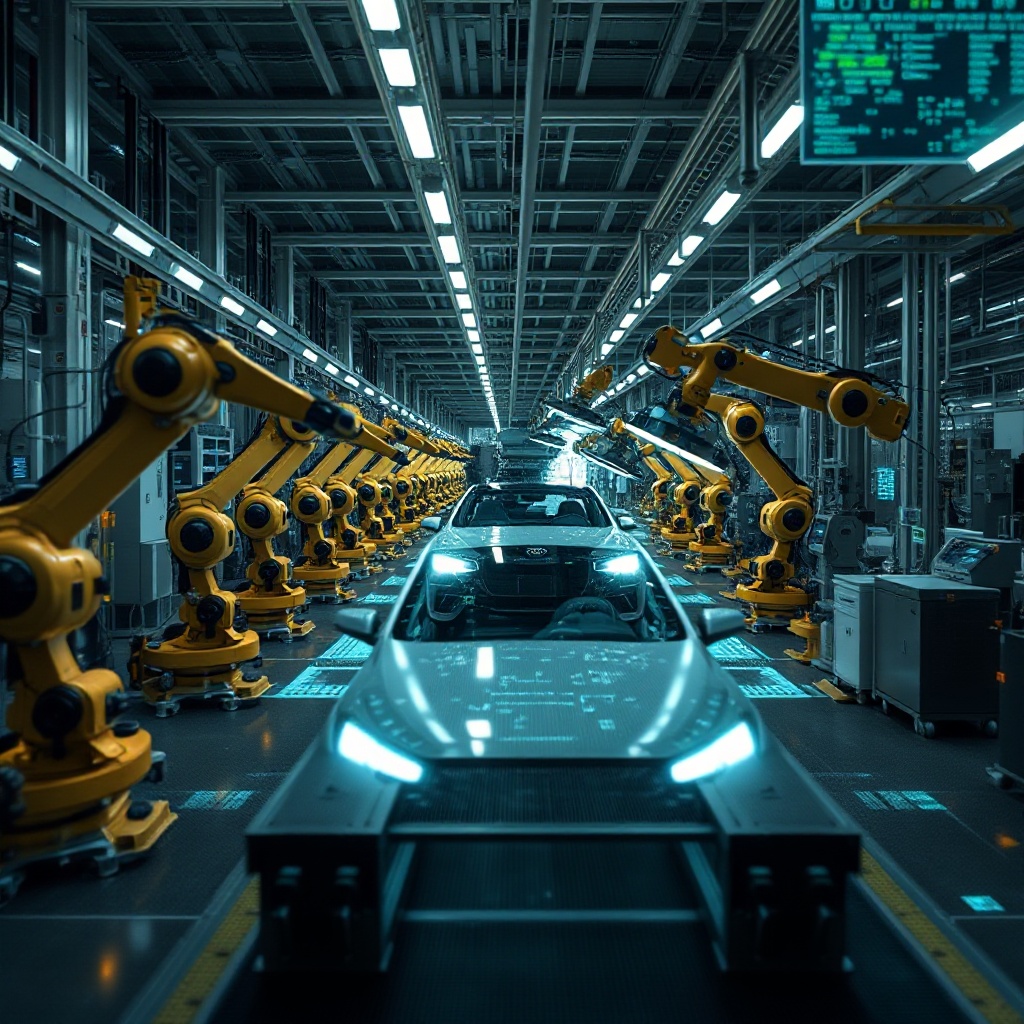
NVIDIA's Omniverse platform creates remarkably accurate digital twin environments of GM's production lines, enabling engineers to simulate and optimize manufacturing processes before implementing them physically. These virtual replicas use photorealistic rendering, physics-based simulation, and generative AI to create highly accurate models of factory operations.
The benefits of this approach include:
Substantially reduced factory downtime during transitions between vehicle models
Improved worker safety through virtual testing of ergonomic conditions
Rapid adaptation capabilities for new vehicle introductions
Enhanced opportunities for mass customization without sacrificing efficiency
Pre-training of factory robots for complex assembly tasks
Digital twins allow global teams to collaborate simultaneously on design optimization, breaking down traditional geographic barriers to innovation. Engineers from different continents can work together in the same virtual space, testing changes and improvements in real-time without the delays associated with physical prototyping.
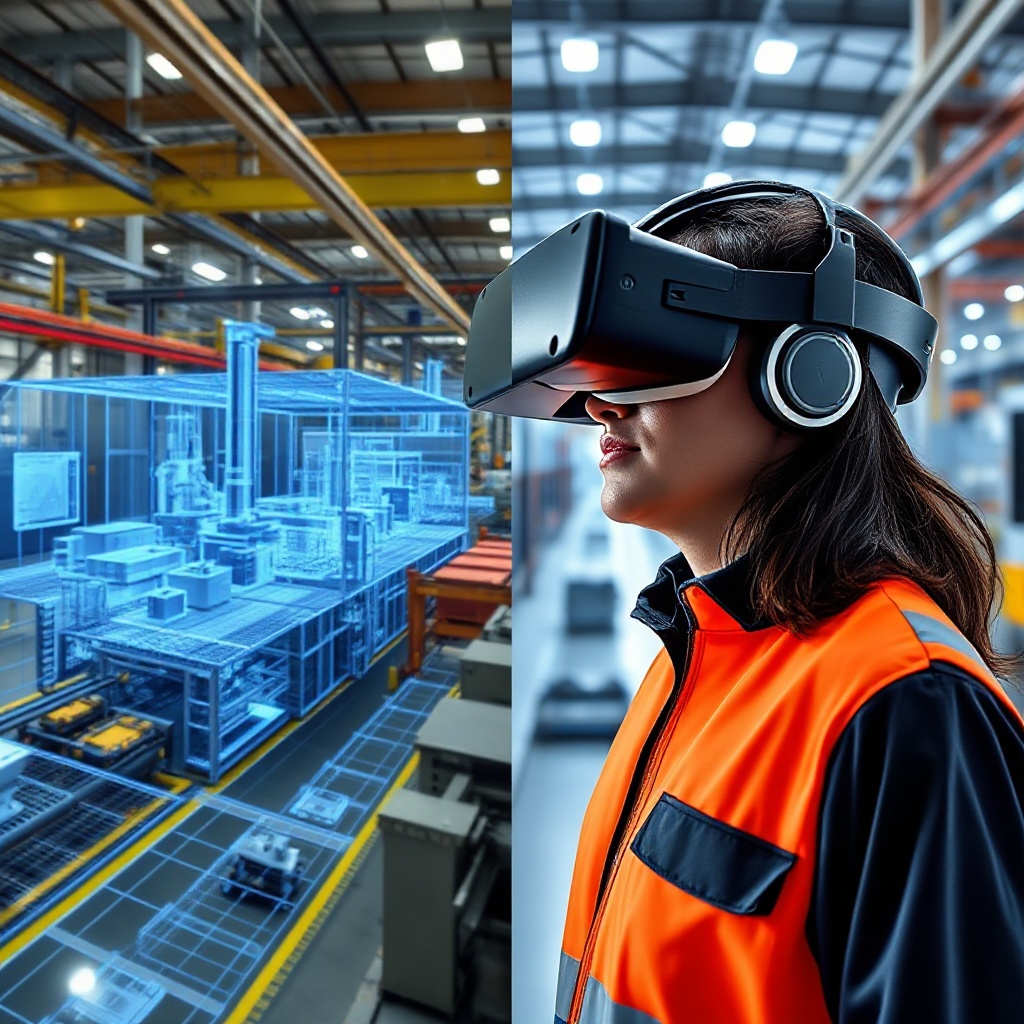
Revolutionizing Autonomous Vehicle Development with NVIDIA DRIVE AGX
In the vehicle technology domain, GM will utilize NVIDIA's DRIVE AGX platform, based on the new Blackwell architecture, as the core computing foundation for future advanced driver-assistance systems (ADAS). This system's extraordinary processing power—executing up to 1,000 trillion operations per second—dramatically accelerates autonomous driving technology development.
DRIVE Sim, built on the Omniverse platform, enables comprehensive end-to-end simulation and validation of autonomous vehicle systems. This capability allows GM to test autonomous systems in challenging or hazardous scenarios that would be unsafe or impractical to recreate in real-world conditions, such as inclement weather, unexpected pedestrian movements, or rare road emergencies.
The Blackwell architecture's performance capabilities position GM to pursue Level 3 autonomous capabilities and beyond. Throughout this development process, GM maintains a focus on customer privacy, security, and transparency in data usage—critical considerations as vehicles become increasingly connected and software-defined.
The Blazer EV.R: GM's Electric Racing Revolution
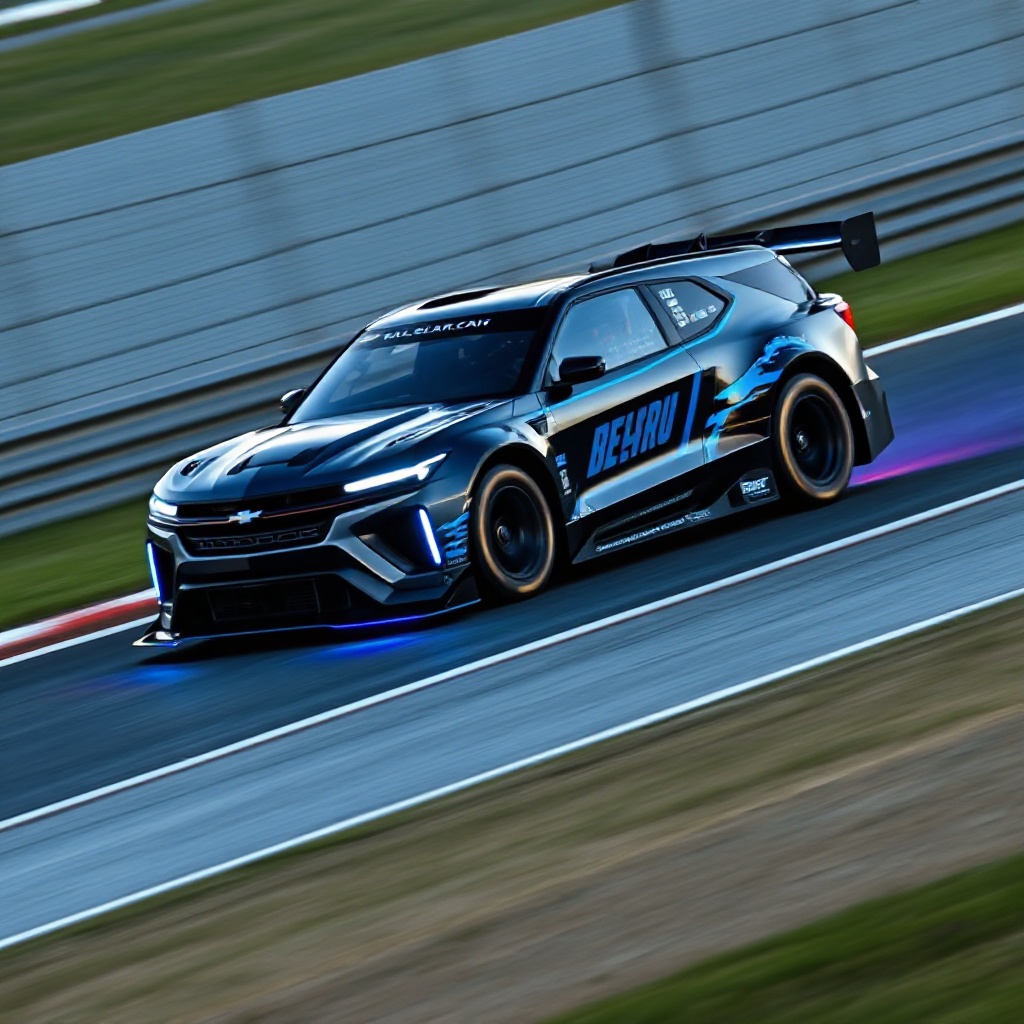
While transforming its manufacturing approach, GM is simultaneously pushing into electric motorsports innovation with the development of the 1,300-horsepower Blazer EV.R NASCAR prototype. Set to debut at the 2025 Daytona 500, this high-performance machine represents a bold statement about GM's commitment to electrification even in the most demanding performance applications.
The Blazer EV.R features an innovative tri-motor design that serves as a testbed for technologies potentially applicable to future consumer vehicles. This racing platform provides an ideal real-world environment for pushing the limits of battery technology, electric drivetrain performance, and advanced vehicle management software under the extreme conditions of competitive racing.
This racing program aligns strategically with NASCAR's exploration of a zero carbon emission framework by 2025, positioning GM as a leader in the motorsport's transition to sustainable technologies. By developing high-performance electric racing vehicles, GM demonstrates that electrification doesn't mean compromising on power, excitement, or the competitive spirit of motorsports.
From Racetrack to Showroom: How Motorsports Drive Consumer Innovation
The convergence of AI-driven simulation and electric racing creates an accelerated development pathway from track to showroom. Racing has long served as a proving ground for automotive technologies, but GM's dual approach amplifies this effect by combining the virtual testing capabilities of digital twins with the extreme real-world validation of motorsport competition.
Racing prototypes like the Blazer EV.R accelerate development in several key areas that directly benefit consumer vehicles:
High-performance battery systems that balance power output with thermal management
Advanced electric motor designs optimized for efficiency and power density
Sophisticated power electronics and control systems
Lightweight materials and aerodynamic innovations
Software algorithms for energy management and performance optimization
The extreme performance testing conducted at racetracks contributes to more robust and safer production EVs. Technologies that can withstand the punishment of competitive racing typically offer exceptional reliability and durability in everyday consumer applications, giving GM a competitive advantage in the electric vehicle marketplace.
The Competitive Edge: AI-Powered Manufacturing Efficiency
Omniverse simulations provide GM with a significant competitive advantage by allowing engineers to detect and resolve manufacturing issues before physical implementation. This virtual testing capability reduces costly downtime and ensures smoother production launches for new vehicles.
Digital twin technology enables rapid reconfiguration of assembly lines for new vehicle models, cutting transition time by significant margins compared to traditional processes. When a factory needs to switch from producing one model to another, the changes can be thoroughly tested in the virtual environment first, minimizing disruption to actual production.
AI-powered robotics take on dangerous or repetitive tasks throughout the manufacturing process, creating a safer work environment while freeing human workers to focus on aspects of production requiring human judgment and craftsmanship. This human-machine collaboration represents the future of automotive manufacturing—combining the precision and tirelessness of robots with the creativity and adaptability of skilled workers.
Redefining the Automotive Industry Landscape
The GM-NVIDIA partnership exemplifies how traditional automakers are forming strategic tech alliances to maintain competitiveness in the era of electrification and AI. Rather than attempting to develop all technologies in-house, GM recognizes the value of partnering with specialized technology leaders to accelerate innovation and deployment.
This collaboration accelerates the industry-wide shift toward software-defined vehicles and smart factories. As vehicles increasingly become platforms for software experiences and manufacturing becomes more automated and data-driven, the definition of automotive expertise is expanding beyond mechanical engineering to include software development, AI, and data analytics.
The integration of these technologies is transforming both production processes and consumer products. Vehicles are evolving from primarily mechanical devices to sophisticated, connected computing platforms with advanced capabilities that can be updated and enhanced over time—much like smartphones or computers.
Sustainability Through Technology: GM's Environmental Strategy
The dual approach of AI-optimized manufacturing and electric racing supports GM's broader sustainability goals. Digital twins enable more energy-efficient factory operations by simulating and optimizing resource usage, reducing waste, and identifying opportunities for conservation throughout the production process.
Racing innovations in battery technology and electric powertrains accelerate the development of more efficient consumer EVs. The extreme demands of competition drive engineers to find solutions that maximize performance while minimizing energy consumption—lessons that directly translate to improved efficiency in production vehicles.
GM's technology investments align with increasing consumer and regulatory demands for reduced carbon emissions. By simultaneously transforming its manufacturing processes and product lineup, GM is positioning itself as a leader in sustainable transportation—demonstrating that environmental responsibility and high performance aren't mutually exclusive goals.
Sources
GM News - GM's path to the future gets an AI infusion from NVIDIA
BizTech Magazine - NVIDIA GTC 25: General Motors Resets Its Goals with Artificial Intelligence
Automotive Dive - GM, Nvidia to partner on AI tech for factories and next-gen vehicles
NVIDIA Blog - NVIDIA AI and Omniverse Enable Automakers to Transform Their Workflows
